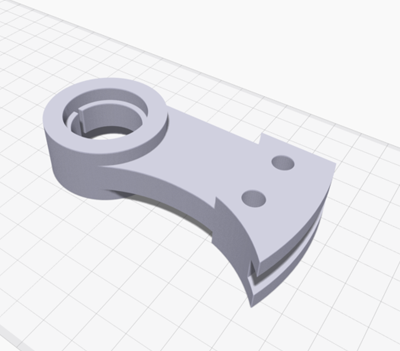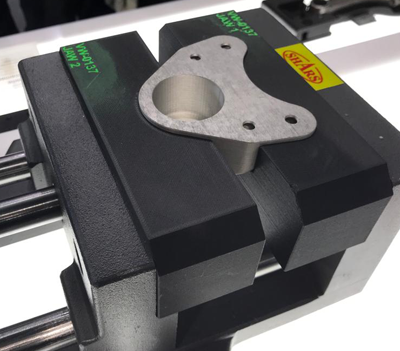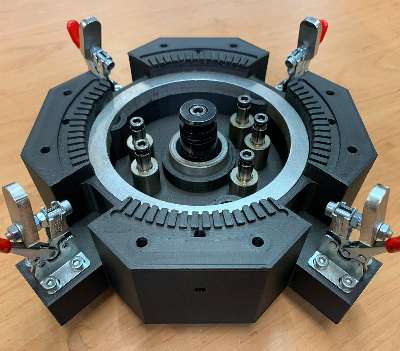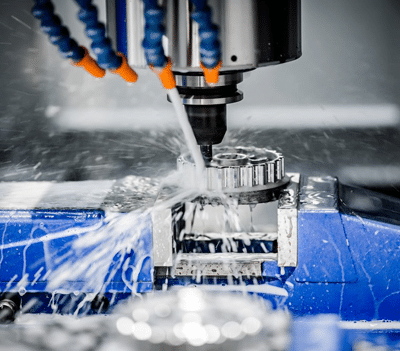FESTO relies on 3D printing with Markforged for their electronics component manufacturing

The company in focus
With more than 20,000 employees in over 60 countries, FESTO is a leading global supplier of automation technology. The company stands for innovative products, excellent quality and the provision of solutions for complex automation technology and technical education. The Scharnhausen Technology Plant is FESTO’s leading plant for valves, valve terminals and electronics.
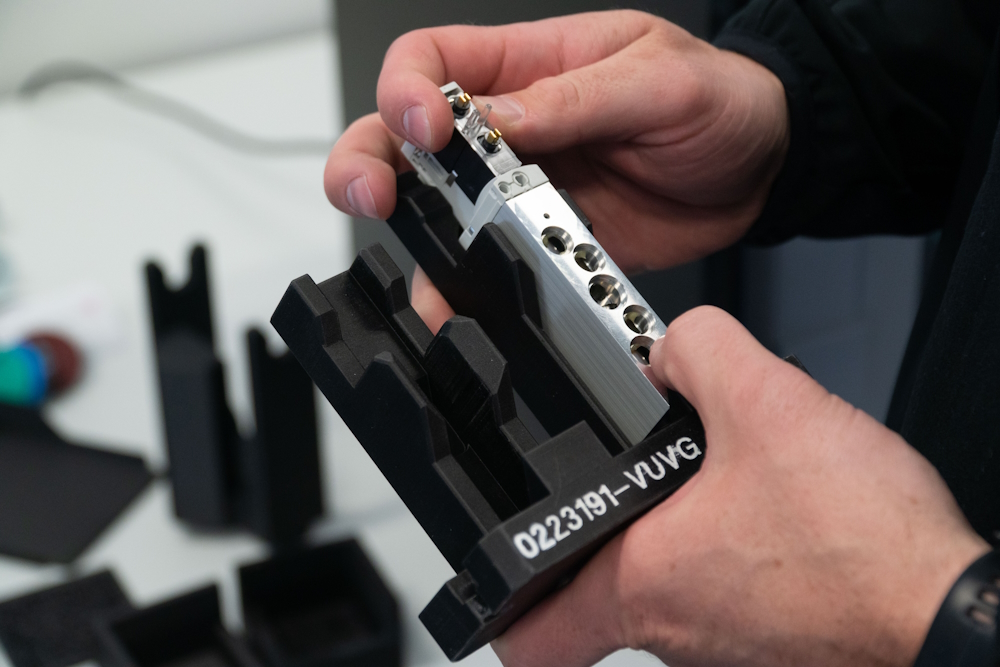
High demand for individual operating equipment
The FESTO Technology Factory in Scharnhausen, south of Stuttgart, has been a leading plant for the production of valves, valve terminals and electronic components since 2014. Upon entering the manufacturing facility, one is immediately struck by the extensive scale of the production equipment as well as the highly developed automation and process optimization.
The use of high-tech machines and systems requires a wide range of individual operating resources, such as spare parts, individual parts and fixtures, in order to minimize unplanned downtime and maintain production efficiency. By using high-quality spare parts and fixtures, FESTO can also ensure high production quality and customer satisfaction.
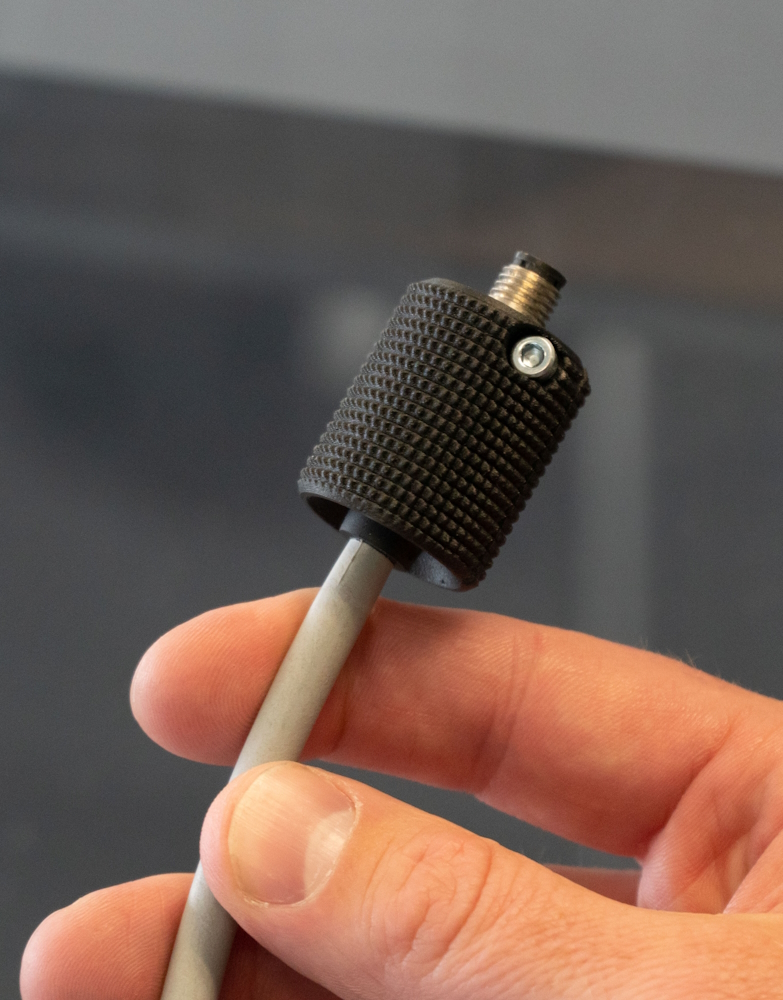
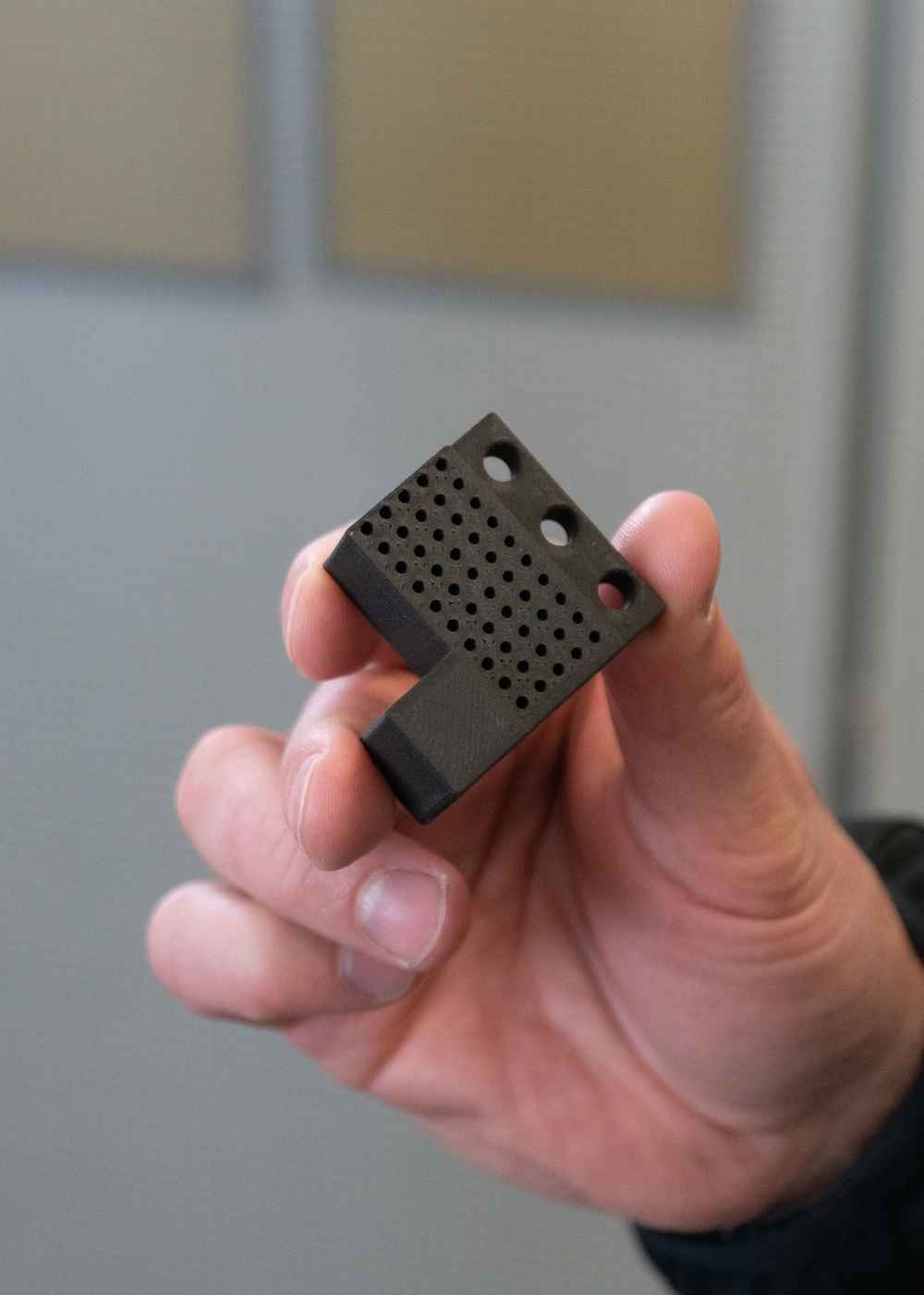
At a glance
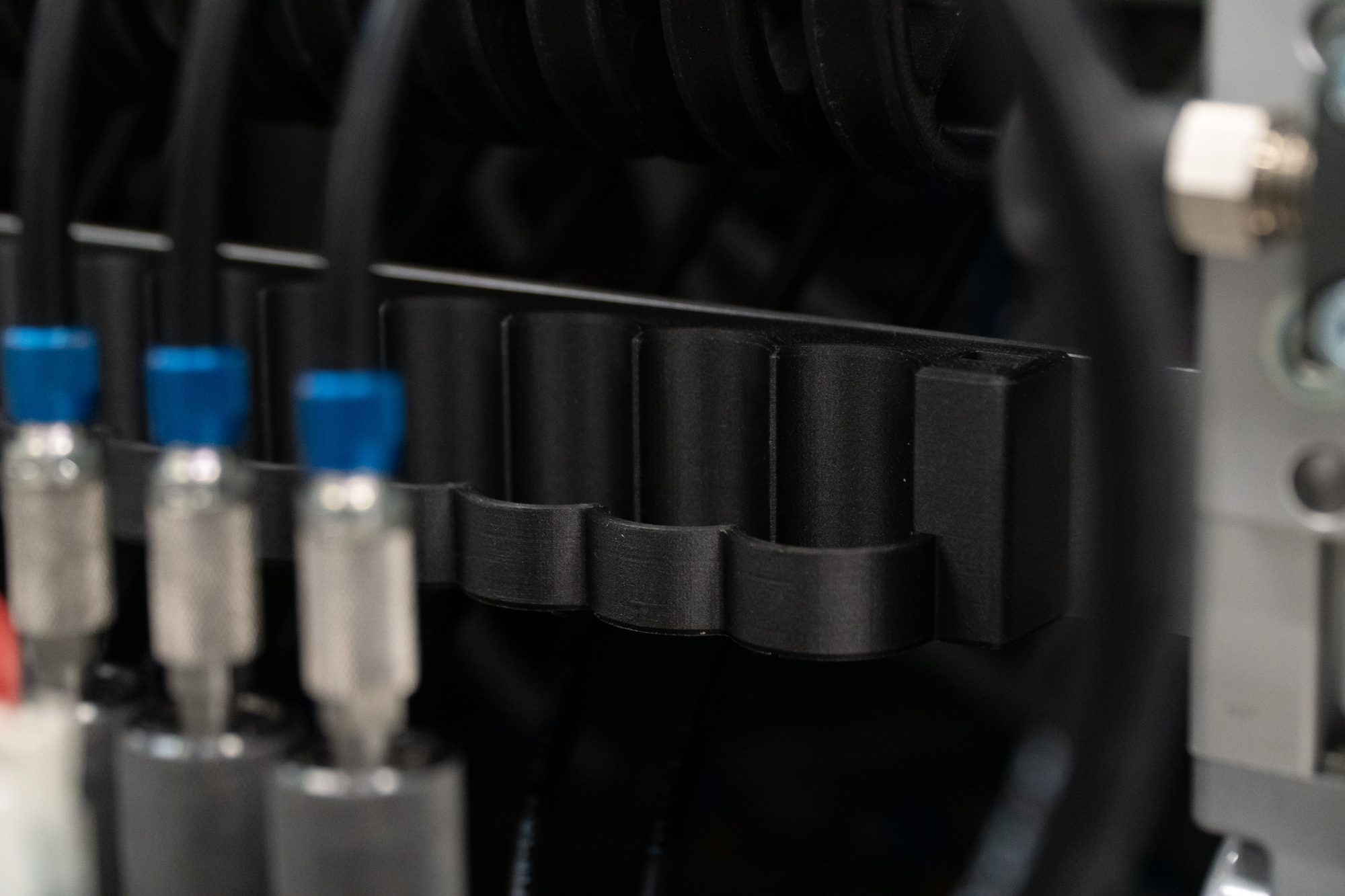
ESD requirements posed a challenge
Stefan Fent, Head of operating equipment design, and his team, wanted a solution that went beyond simple 3D printing.
The goal was to minimize the high costs and the large amount of work for the diverse operating equipment.
They were looking for a real manufacturing system that could produce mechanically resilient components in a process-safe and repeatable manner.
The focus was particularly on the substitution of components made of plastic and aluminum, which previously had to be ordered with long lead times or manufactured mechanically.
In addition, the system had to be able to reliably produce applications for electronic component manufacturing with ESD-compliant materials.
An initial attempt to integrate 3D printing into the workflow failed because of the latter requirements. After all, there are many 3D printers, but only a few that reliably meet the industry’s requirements.
Industrial 3D printing from a single source
At a regional trade show, the team got to know Markforged’s additive manufacturing machines. By using continuous fiber technology, the issue of mechanical strength was quickly resolved. With the carbon continuous fiber, the strengths of aluminum can even be surpassed.
At Markforged, software, hardware and materials go hand-in-hand. The eco-system is 100% coordinated with each other and thus offers maximum reliability and process safety.
The Markforged material Onyx ESD also meets the requirements of the EMS industry with regard to antistatic properties.
In the spring of 2022, Stefan Fent decided to integrate two manufacturing machines from Mark3D – Markforged into the production equipment.
Since then, a Markforged OnyxPro and a Markforged X7 now manufacture fixtures and templates around the clock. The OnyxPro is a desktop machine and all-rounder for the production of continuous fiberglass-reinforced components. The Markforged X7 produces mechanically loadable components by inserting continuous carbonfiber, glassfiber and Kevlar into the components. In addition, the components for electronics production can also be printed here in Onyx ESD material.
Request a demo!
Feel the strength of continuous fiber for yourself.

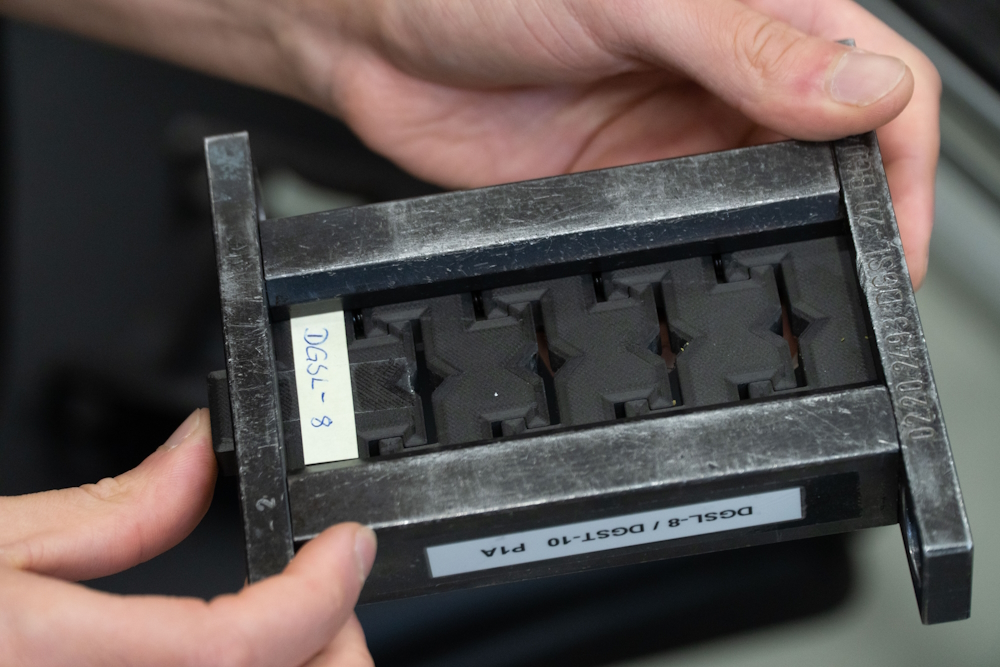
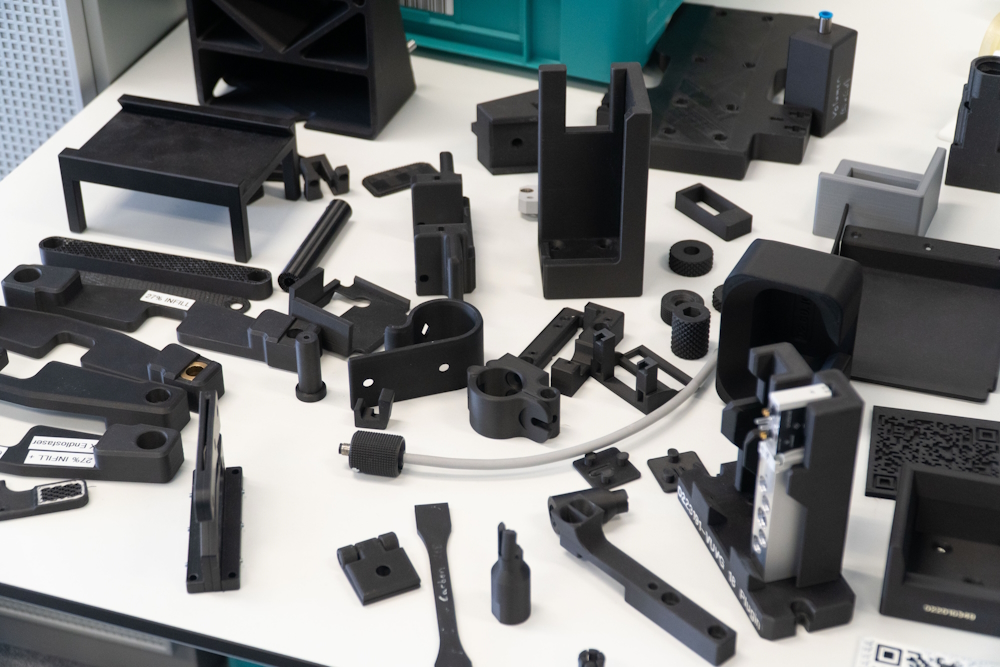
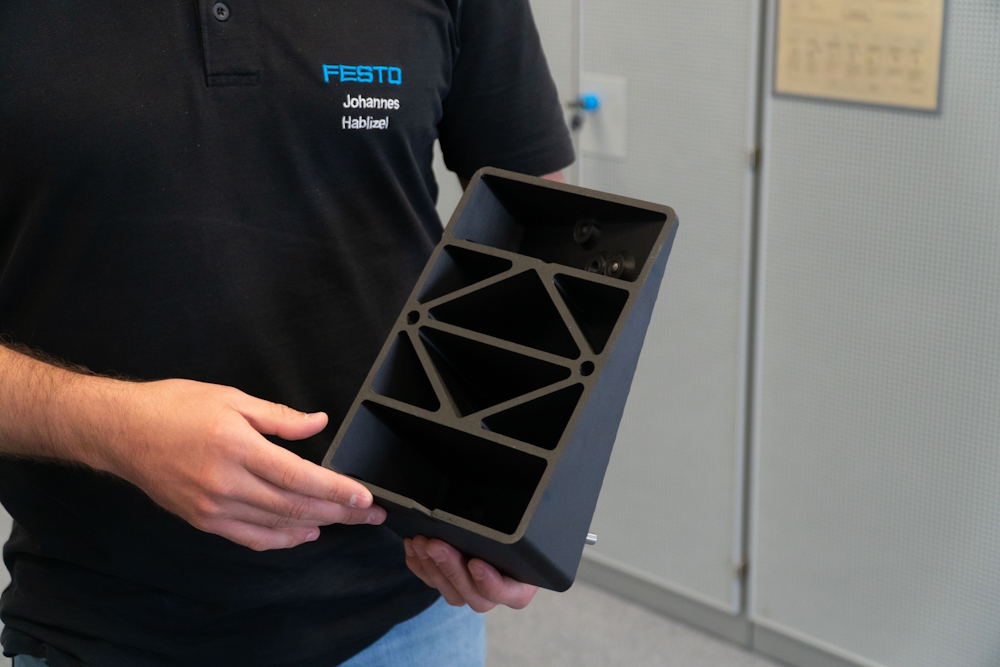
The learning curve in the team rises quickly
It took about 2-3 months for the designers to start integrating 3D printing into equipment manufacturing.
Today, nine months later, the printers are already occupied for several weeks in advance. The learning curve among the team is growing exponentially.
The manufacturing machines are operated by several employees in the company. The additively manufactured components, whether large or small, can be found in many places in production. Among them are sensor holders, housings, handles, clamping and holding devices, tools, templates or spare parts.
FESTO has already additively manufactured far more than 200 different components that would otherwise have to be milled or ordered at great expense.
A shared database provides an overview of upcoming print jobs, as well as costs and savings, and helps ensure that jobs are processed efficiently.
Additive manufacturing is now an established manufacturing technology for the FESTO-team in Scharnhausen.
Over 80,000 Euro saved in nine months
The order database also listed the savings of all previously printed components.
Due to the strong growth in demand from various departments, the team from the equipment design department managed to save around 80,000 euros in nine months.
„Markforged is a real manufacturing system. The quality and strength of the components as well as the reliability has convinced us over other competitors.“ – Johannes Hablizel, esign engineer for production equipment, FESTO SE & Co. KG
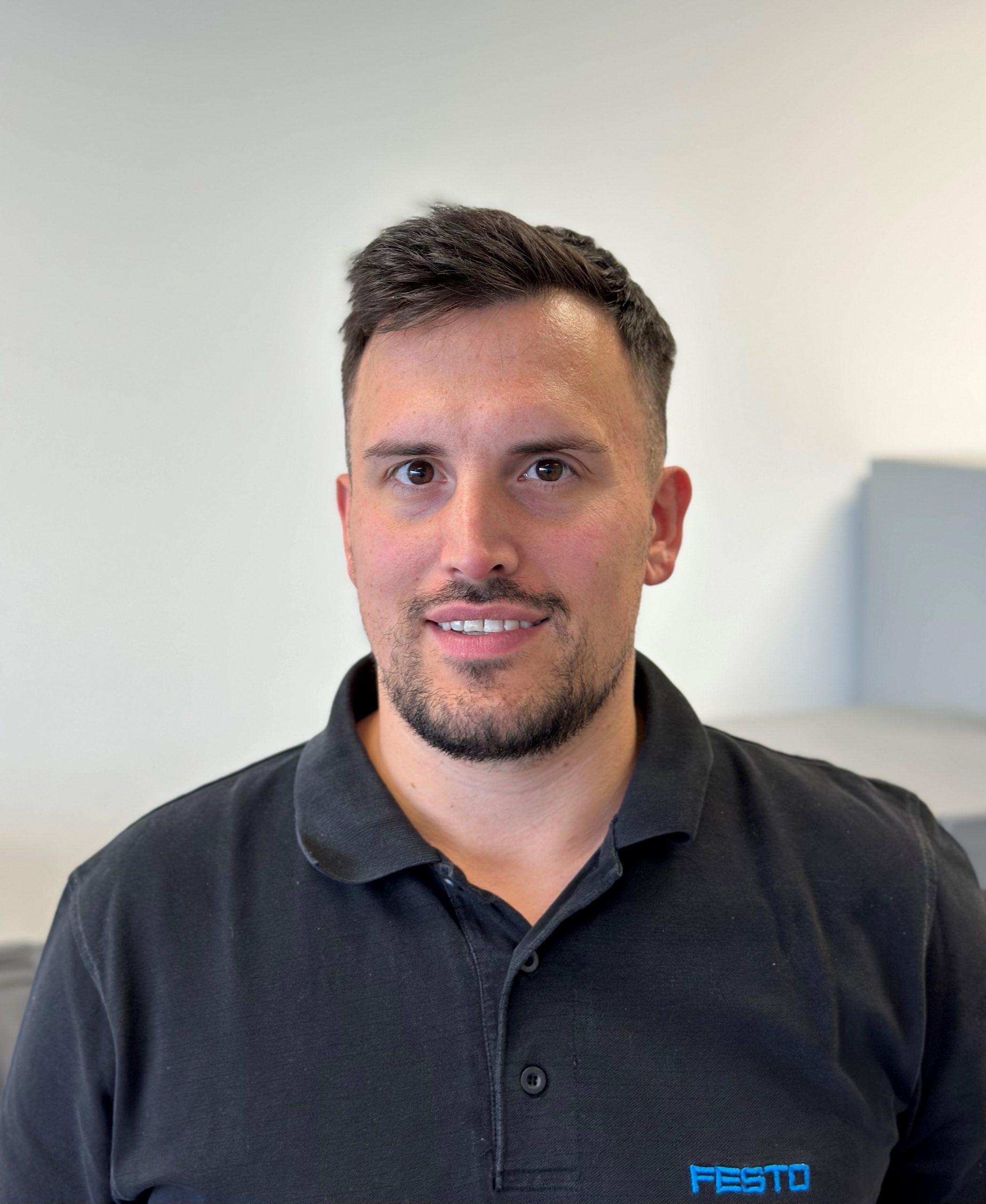
Practical example: holders for hand-held scanners made of ESD
An example that illustrates the cost reduction is a simple, three-piece holder for a hand-held scanner.
With a planned mechanical production, the cost for 10 pieces was estimated at about 4,000 euros.
Using 3D printing, the cost of the holder made of the Onyx ESD material is only 385.88 euros, plus 200 euros in labor costs.
In total, a saving of 3,414.12 euros could be achieved compared to mechanical production.
Used where it makes sense, 3D printing offers enormous added value for any added value for any company.
The Digital Forge
When you look at the printed components at FESTO, you quickly notice that each individual component has a serial number or component identifier.
If a component or part of an assembly is damaged or worn, a replacement part can be reprinted.
With Markforged’s Eiger dynamic additive manufacturing software, any part can thus be manufactured on-demand at any production site in the world.
Selected employees have access to the data and can dispose of it.
Future
Initially, the current capacity utilization of the 3D printers is to be maintained. Should this continue to increase, an expansion of the portfolio will be considered.
Furthermore, the potential of the new Markforged FX20 industrial 3D printer is currently being evaluated to decide whether it can be used in production. With increased capacity and the ability to produce even larger components, the FX20 could be another success story for FESTO.
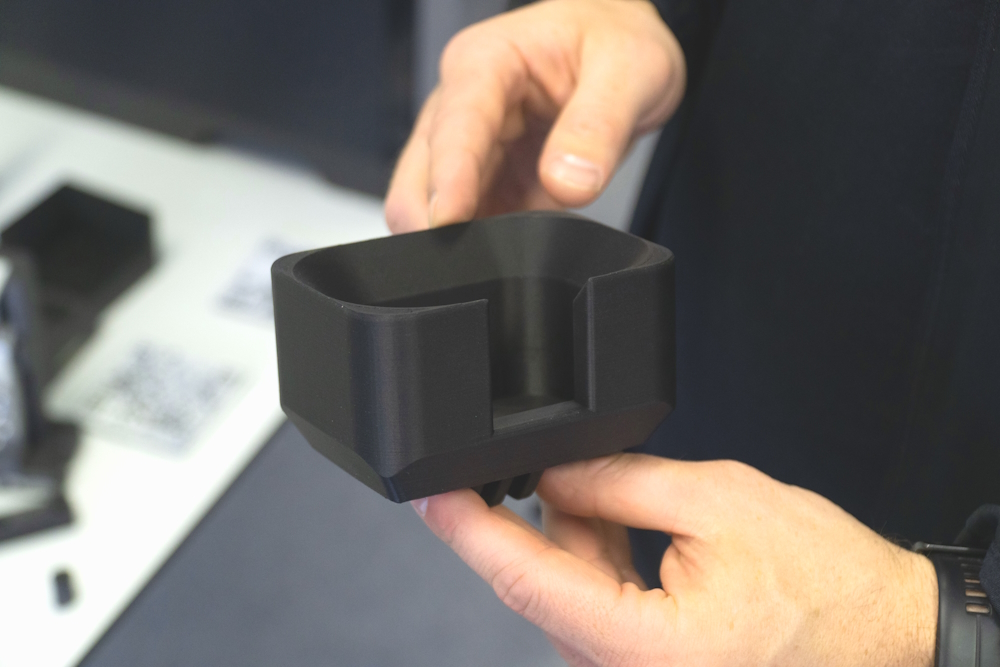
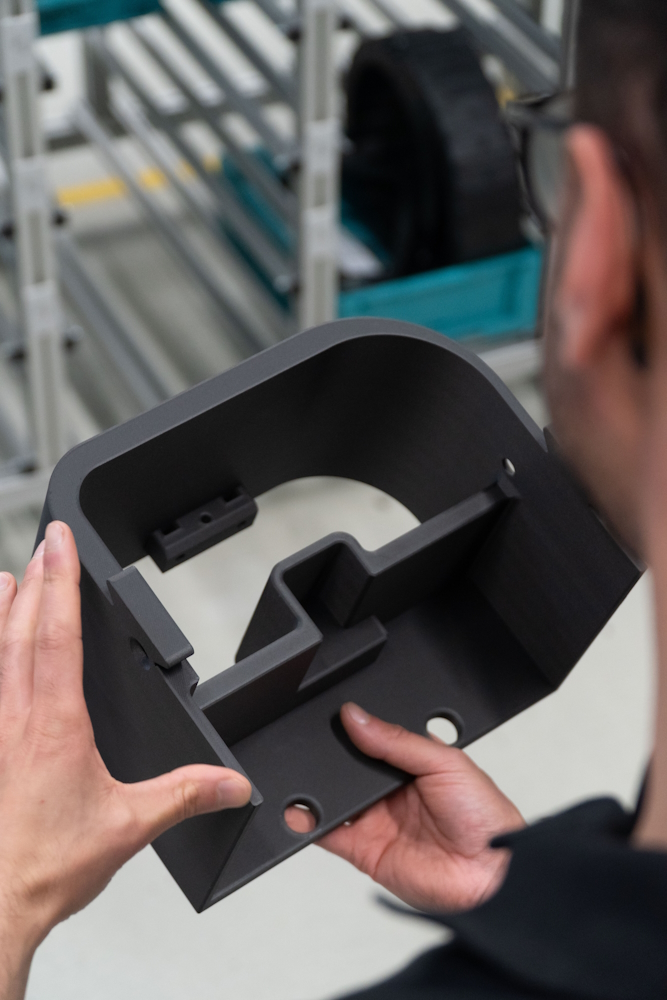
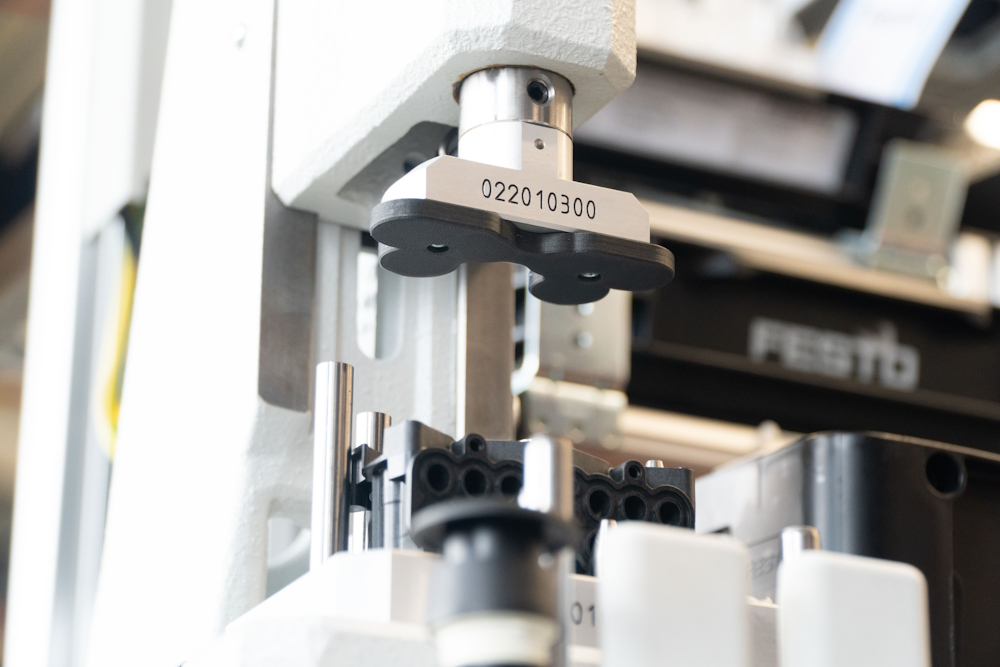
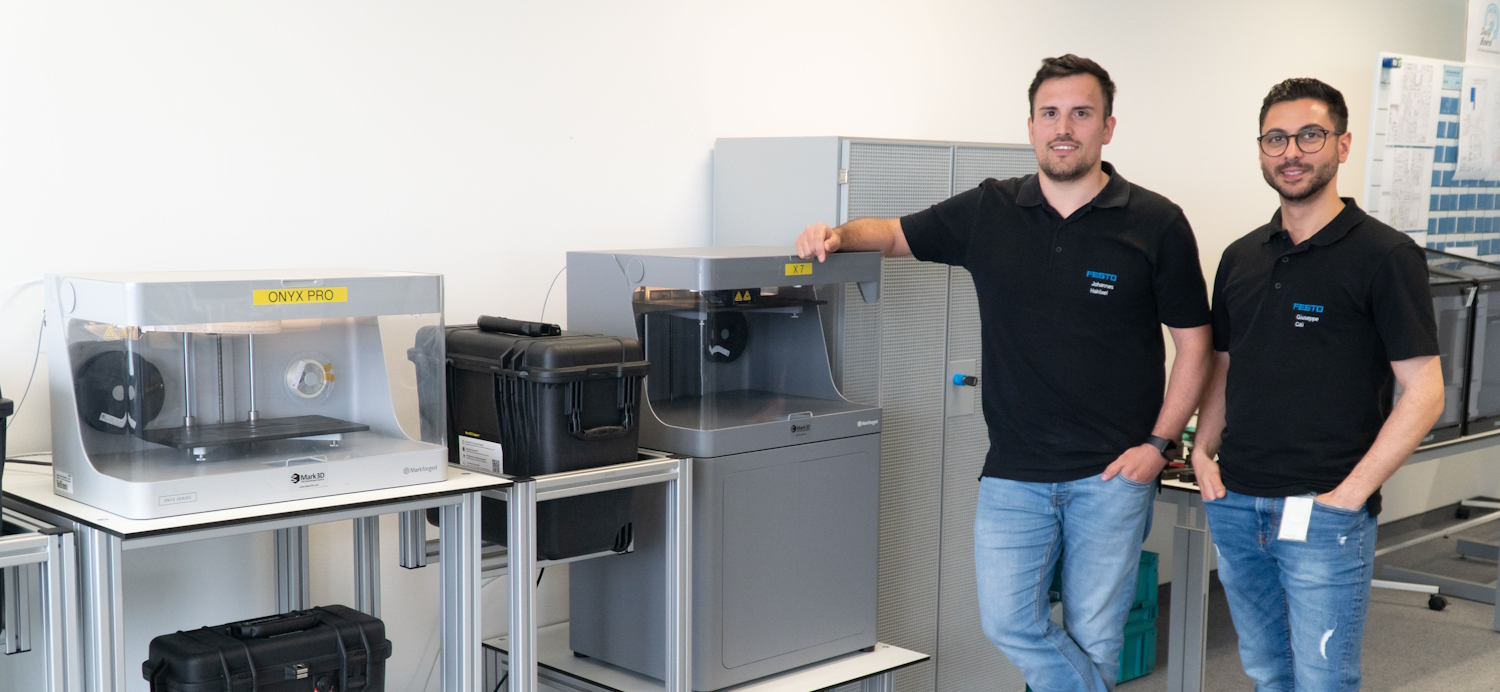
FESTO equipment design engineer Johannes Hablizel and project assistant Giuseppe Calì with the Markforged Onyx Pro and X7.
©Festo SE & Co. KG, all rights reserved
Learn more about 3D printing continuous fibres!
Which continuous fibre is suitable for which applications? How do I design correctly for filament 3D printing? What do users say and where can I find more information? – This is the right place for you! We listed some information leading you directly to the matching answers.

